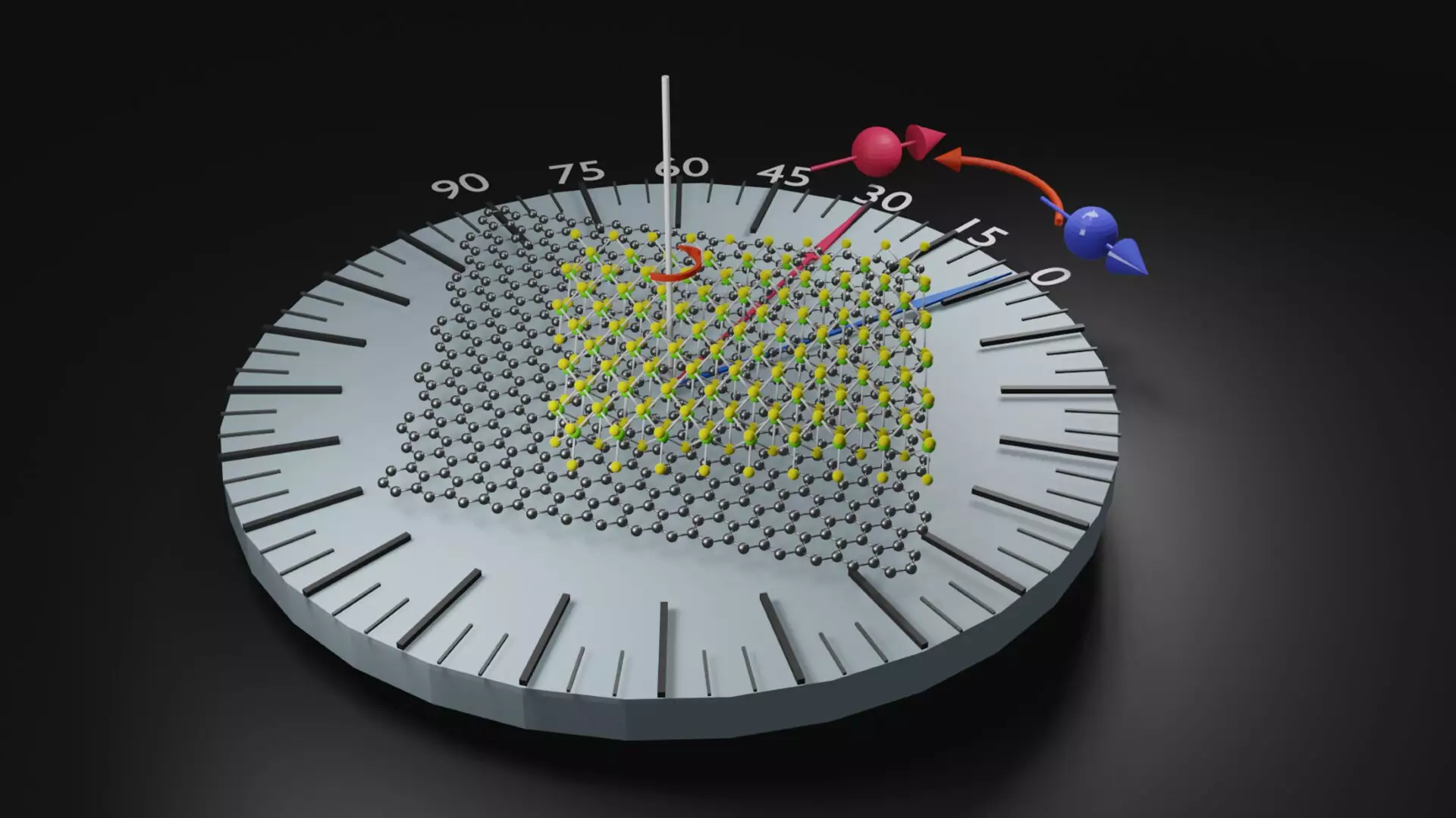In a groundbreaking collaboration between researchers from the Charles University of Prague, the CFM center in San Sebastian, and the Nanodevices group at CIC nanoGUNE, a new complex material with emerging properties in spintronics has been developed. This innovative discovery, recently published in the prestigious journal Nature Materials, has the potential to revolutionize the field of electronics and pave the way for more efficient and advanced electronic devices.
As researchers delve deeper into the realm of two-dimensional materials, a new wave of possibilities has emerged. By stacking two layers of these materials to create a heterostructure, novel effects and properties can be observed. Recent studies have shown that even minute rotations of these layers can lead to significant changes in the overall properties of the material. The stacking of graphene and tungsten selenide (WSe2) has particularly captured the attention of scientists due to the generation of a spin current in a specific direction when the layers are precisely aligned.
Spin currents, which transfer spin in a direction perpendicular to the electric current, have long been a focal point in the field of spintronics. The ability to manipulate and control these spin currents is crucial for the development of spin-based electronic devices. However, traditional materials have imposed limitations on the efficient handling of spin currents. The recent discovery by the Nanodevices group at nanoGUNE challenges these limitations by showcasing the potential of “magic” twist in stacked materials to unlock new spin-related properties.
The implications of this new material design are vast and far-reaching. By leveraging the unique properties of stacked two-dimensional materials, researchers can potentially create electronic devices that are not only more efficient but also more advanced than current technologies. The integration of magnetic memories into processors, for instance, could be revolutionized by the manipulation of spin currents in these innovative heterostructures. The future of spintronics is bright, paving the way for a new era of electronics.
The collaborative effort between research institutions in Prague, San Sebastian, and nanoGUNE has yielded a remarkable breakthrough in the field of spintronics. The discovery of a new complex material with unique spin-related properties has opened up a world of possibilities for the development of cutting-edge electronic devices. By harnessing the power of stacked two-dimensional materials and leveraging the magic twist phenomenon, researchers are on the brink of creating a new generation of electronic devices that could redefine the technological landscape.


Leave a Reply